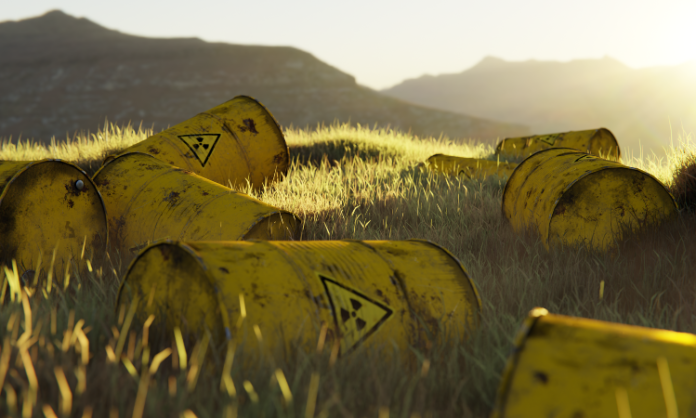
A nuclear waste repository is a facility designed to safely store nuclear waste, which is the byproduct of nuclear power generation and other nuclear activities. Nuclear waste is highly radioactive and can remain dangerous for thousands of years, making safe storage a critical concern.
There are several types of nuclear waste, including low-level waste, which is the least radioactive and can be safely stored in shallow land burial sites, and high-level waste, which is highly radioactive and requires more secure storage. High-level waste is typically stored in deep geological repositories, which are located deep underground to protect against potential leaks or accidents.
One example of a nuclear waste repository currently in operation is the Waste Isolation Pilot Plant (WIPP) in New Mexico, United States. The WIPP is a deep geological repository that is used to store transuranic waste, which is a type of high-level waste. The repository is located in a salt formation that is more than 2,000 feet below the surface and has been in operation since 1999.
The process of selecting a site for a nuclear waste repository is complex and involves a number of factors, including geology, hydrology, and human factors. Geology is a critical consideration, as the site must be able to provide long-term isolation of the waste from the environment. Hydrology is also important, as the site must be able to prevent water from entering the repository and potentially carrying radioactive material to the surface.
The construction and operation of a nuclear waste repository is a costly and time-consuming process, with estimates ranging from several billion to tens of billions of dollars and several decades to complete. It also requires a high level of regulatory oversight to ensure safety and compliance with regulations.
However, despite the cost and complexity, nuclear waste repositories are a necessary component of the nuclear power industry, as they ensure the safe and secure storage of nuclear waste, protecting the public and the environment from the potential hazards of radioactive material.
























